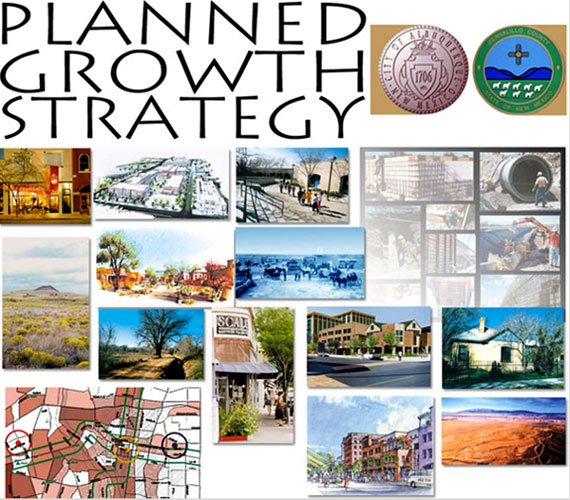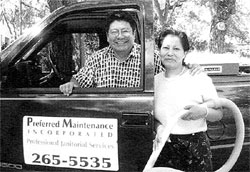Topic 1: Introduction to Neighborhood Planning
The goal of Neighborhood Planning is to build social capital, which is the ability of the neighborhood to organize itself to identify problems and solve them in partnership with elected officials, businesses, and public agencies. In this section, we define Neighborhood Planning, assemble the parts of a good neighborhood plan, and review its history. Neighborhood Planning is a way to unify and improve place-based social and physical conditions
Topic 1: Introduction to Neighborhood Planning Read More »











